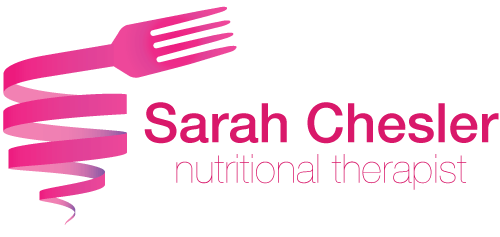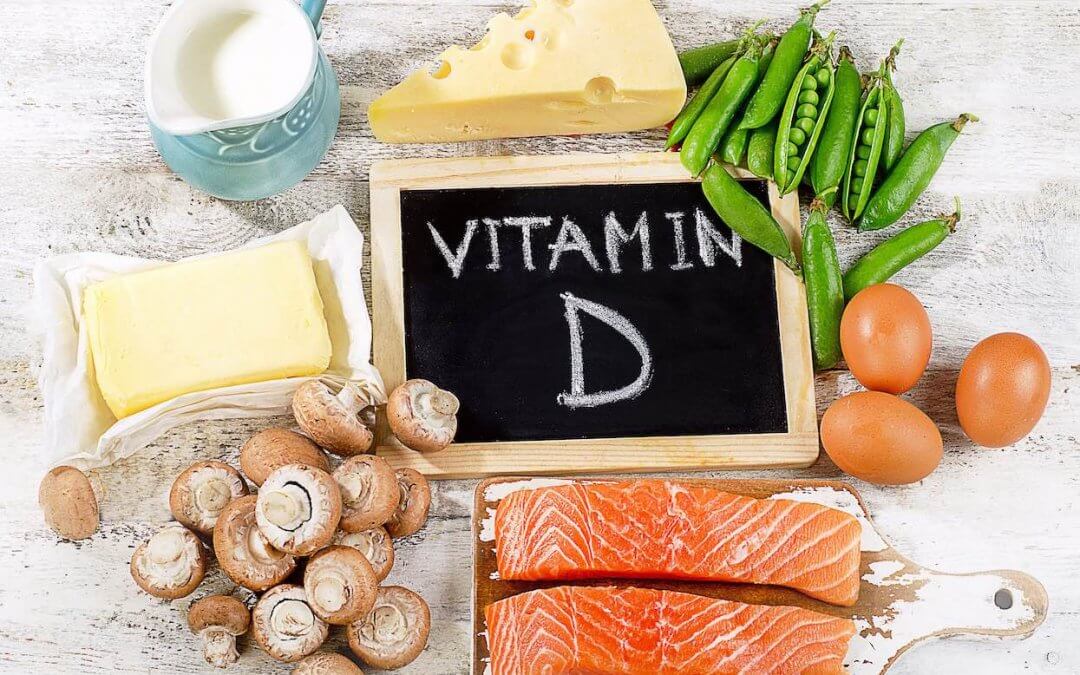Vitamin D is essential to our health and deficiencies have been linked to many problems including bone loss, depression, diabetes, high blood pressure, cancers, heart disease, fibromyalgia, chronic muscle pain and autoimmune diseases.
Vitamin D is known as the ‘sunshine vitamin’ as our main source is from exposure to sunlight containing UVB radiation.
Yet, although springtime is on the way, our exposure to sunlight is limited, and therefore it is essential that we look to food and supplementation to help top up our levels.
When consumed via food/supplementation, Vitamin D is metabolised through the gut and then converted to its active state via the liver and the kidney – therefore good liver, kidney and gut health is also essential. Plus, Vitamin D is fat-soluble, meaning that it needs to combine with dietary fat in order to be stored in the body.
Research linking the levels of Vitamin D to these health issues has led to a thorough review of the UK’s Daily Recommended Values (DRV’s) by the government’s Scientific Advisory Committee on Nutrition (SACN).
Following the review, in June 2016, Public Health England (PHE) issued new advice on vitamin D levels and supplementation. It states that children and adults over the age of 1 years old should consider daily supplementation of 10 micrograms (MCG) of Vitamin D, particularly during the autumn and winter months. People who have a higher risk of deficiency are being advised to supplement ALL year round. Higher risk people include those with little or no sun exposure or people who cover their skin when outside, plus people with darker skin, from African, African-Caribbean and South Asian backgrounds.
With all this in mind, check out my top tips on Vitamin D:
- Expose yourself (sensibly) to the sun, whenever possible.
- Eat foods that that contain dietary sources of vitamin D e.g. cooked wild salmon, mackerel, sardines, eggs, cheese, beef liver and grass fed butter.
- Investigate the use of a good supplement, especially if you’re not living by the beach! The amount required for your blood levels to be in the optimal range (100-160nmol/L) will vary depending on your age, time spent in the sun, time of year, colour of your skin.
- Take the right type of vitamin D. My preferred choice is vitamin D3 with added vitamin K2, as studies show this enhances calcium absorption. Plus, the only active form of vitamin D is vitamin D3 (Cholecalciferol). Vitamin D2 is not biologically active.
- Depending on your levels, take the right amount of vitamin D. If you are deficient, you could correct this with 5,000 to 10,000 IU of vitamin D3 a day for 3 months. Taking these amounts should always be under the supervision of a doctor.
- Continue to monitor your vitamin D levels until you are in the optimal range. For maintenance, take 2,000 to 4,000 IU of vitamin D3 a day.
- If you are deficient, it can take up to 10 months to reach optimal levels.







